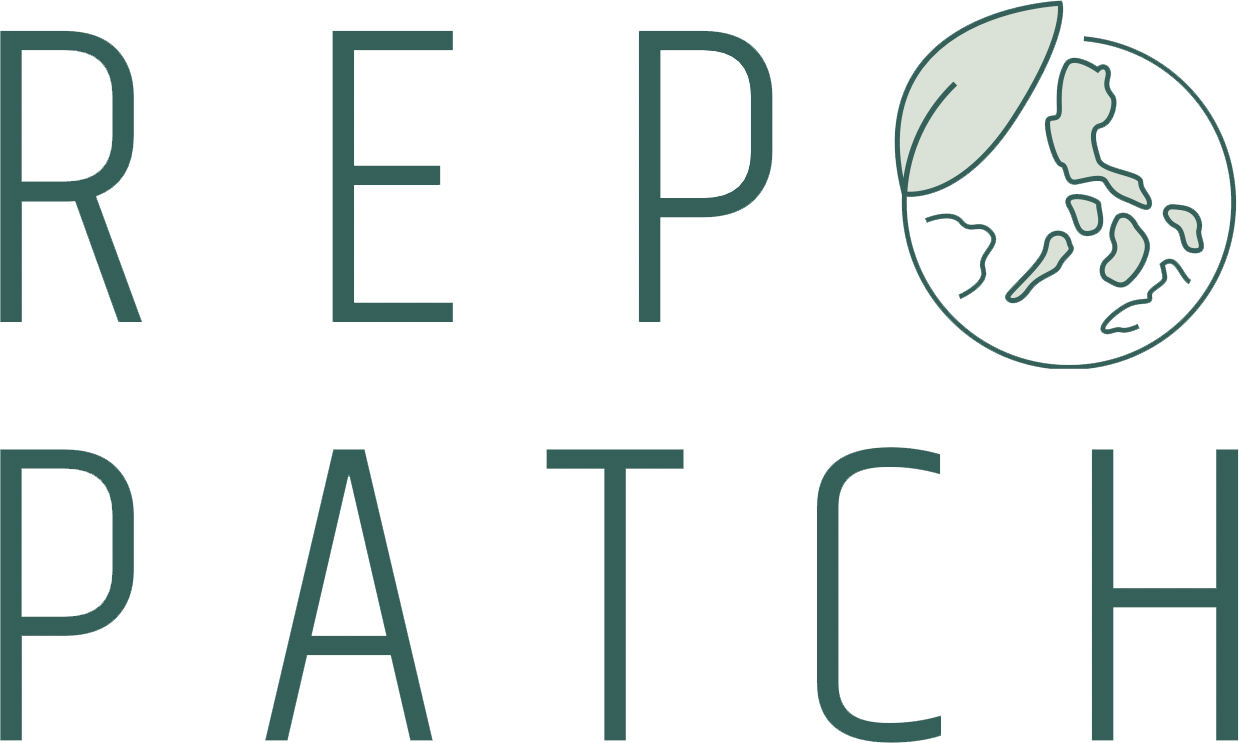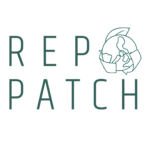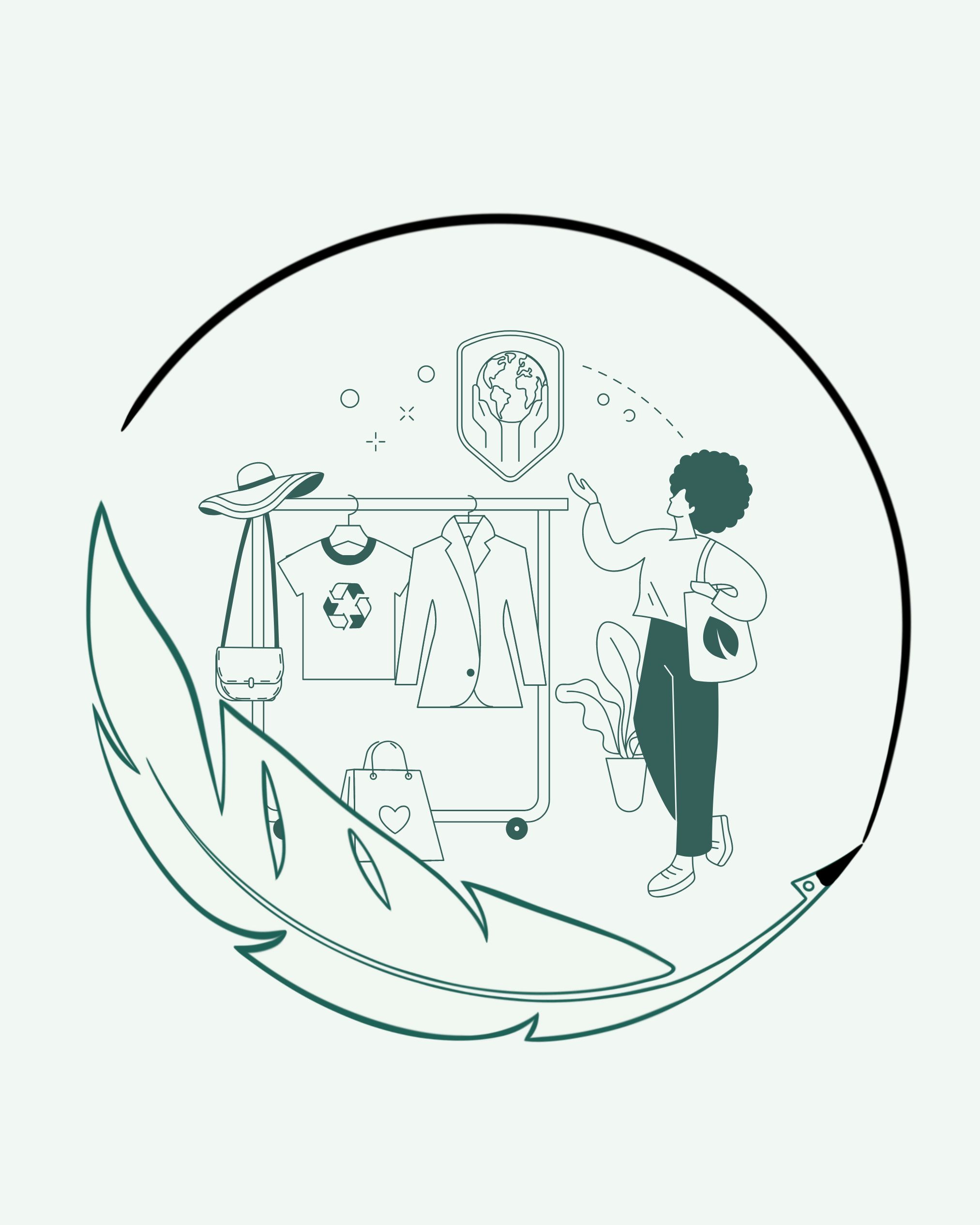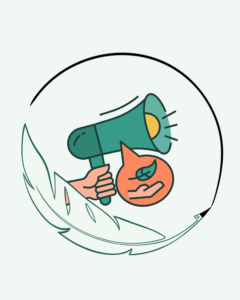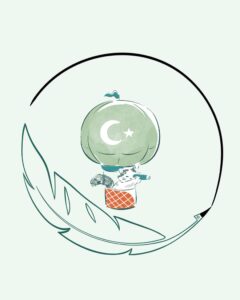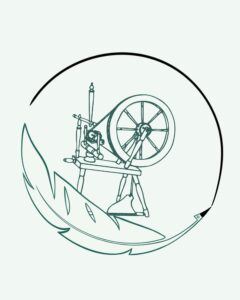All kinds of substances that have lost their original function resulting from production and use activities are called waste. Wastes cannot be a part of the main product, but can be reused in production when certain conditions are met. Textile consumption; It is examined in two main categories: industry and consumer-generated. The waste generated by the textile industry consists of the fiber, yarn, fabric and clothing production process. The wastes generated during the production of a textile product are called “pre-consumer”. The process after the end of the use of the textile product is called “post-consumer”. The production process, which starts with the design of the clothing, is the area where fabric waste is the most. The traditional production process starts with the design of the clothing and the design is transferred to the mold. The parts of the pattern are placed on the fabric in a planned manner, this plan is called the lay plan. Although the molds are placed in such a way as to give minimum waste from the fabric, an average of 15% textile waste occurs at this stage.
New methods have been developed in the design process by bringing different perspectives to traditional production methods in order to control the damage to the environment and the amount of waste generated during clothing production. At the beginning of these methods, zero waste design applications come before and after the user. Zero waste before the user is based on the principle of leaving minimal or no waste behind during production. Wastes that occur due to various reasons in the production and consumption cycle of fashion; Wastes such as seasonal fabric swatches, the remainder at the end of the fabric roll, sample fabrics, fabric cutting waste, sample clothes, out-of-season clothes and defective fabrics are in large quantities for companies. In addition, clothes that can no longer be used after the user or the clothes that the user is bored with are also considered as waste.
Is zero waste possible in textiles?
The methods adopted within the scope of zero waste basically consist of various methods preferred by the designers in line with their own tendencies in order to minimize the amount of waste. These methods are grouped as zero waste pattern preparation, fabric manipulation and patchwork. The most common of the zero waste clothing design methods before the user is the zero waste pattern cutting (ZWPC) method. The main purpose in preparing a zero waste pattern is not to design the outfit, but to design the pattern. In this method, the process does not start with designing the outfit, it starts with designing the pattern. Contrary to the traditional design process, the designer starts the design process by determining the width and length dimensions of the fabric instead of sketching. It is very important for the designer to know the mold when applying the zero waste mold preparation method. The patterns created by this method, which allows the fabric waste to be formed at the beginning of the process, are generally in geometric shapes. Flatter patterns are preferred as curved patterns will cause waste from the fabric. The clothes made of these patterns are more loose and do not tightly wrap the body. An example of this form of clothing is kimonos. The zero waste pattern preparation method is compatible with kimonos that already have geometric patterns.
In garments created with fabric manipulation and patchwork, the effect of surface design is greater. The fabrics, which are separated as waste after die cutting, are reshaped by using techniques such as shirring, pleating, folding, curling, ribs, applique. With this method, texture work is applied on more clothes.
Post-user clothes are considered as waste due to reasons such as worn/obsolete or no longer wanted to be used. These clothes can be reused or recycled. Recycling is the recycling of unused products into a new material or yarn. These transformations are divided into upcycling and down-conversion. In the downcycle process, the material loses its value and the quality is lower than the original material. Upcycling aims to keep the product quality high and aims to increase the value of the material through design. Upcycling, which is defined as the re-handling of wastes generated as a result of different productions, is an application that aims to reuse used clothes by transforming them creatively.
